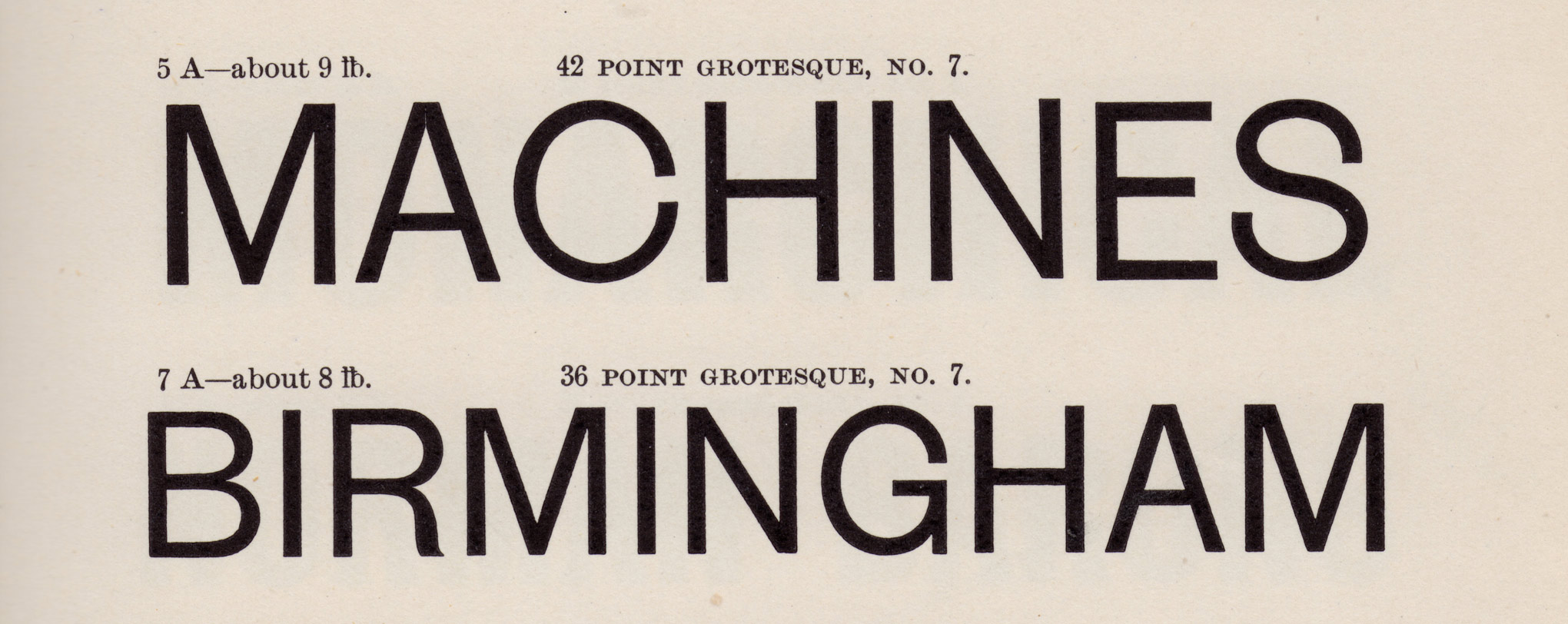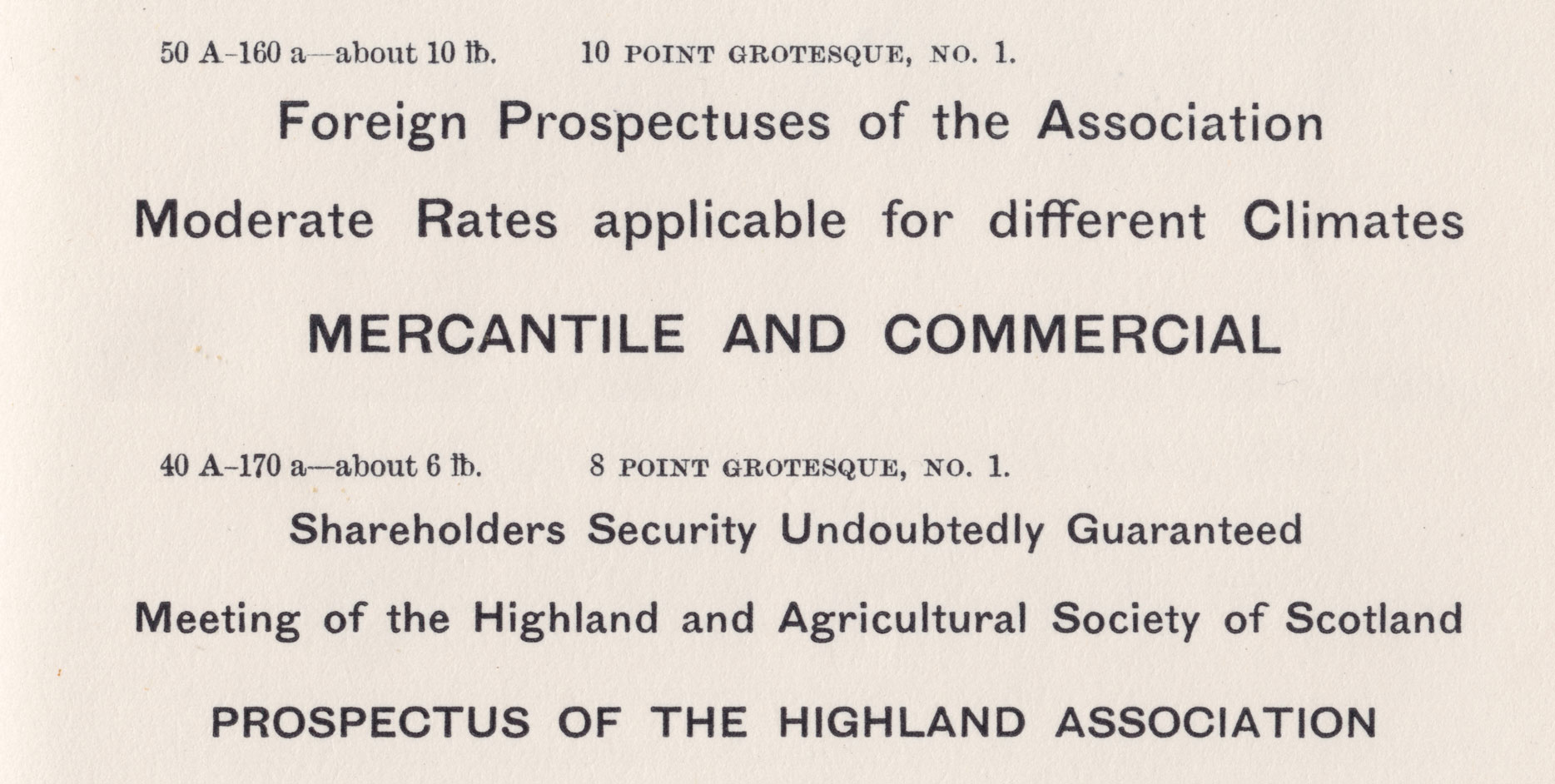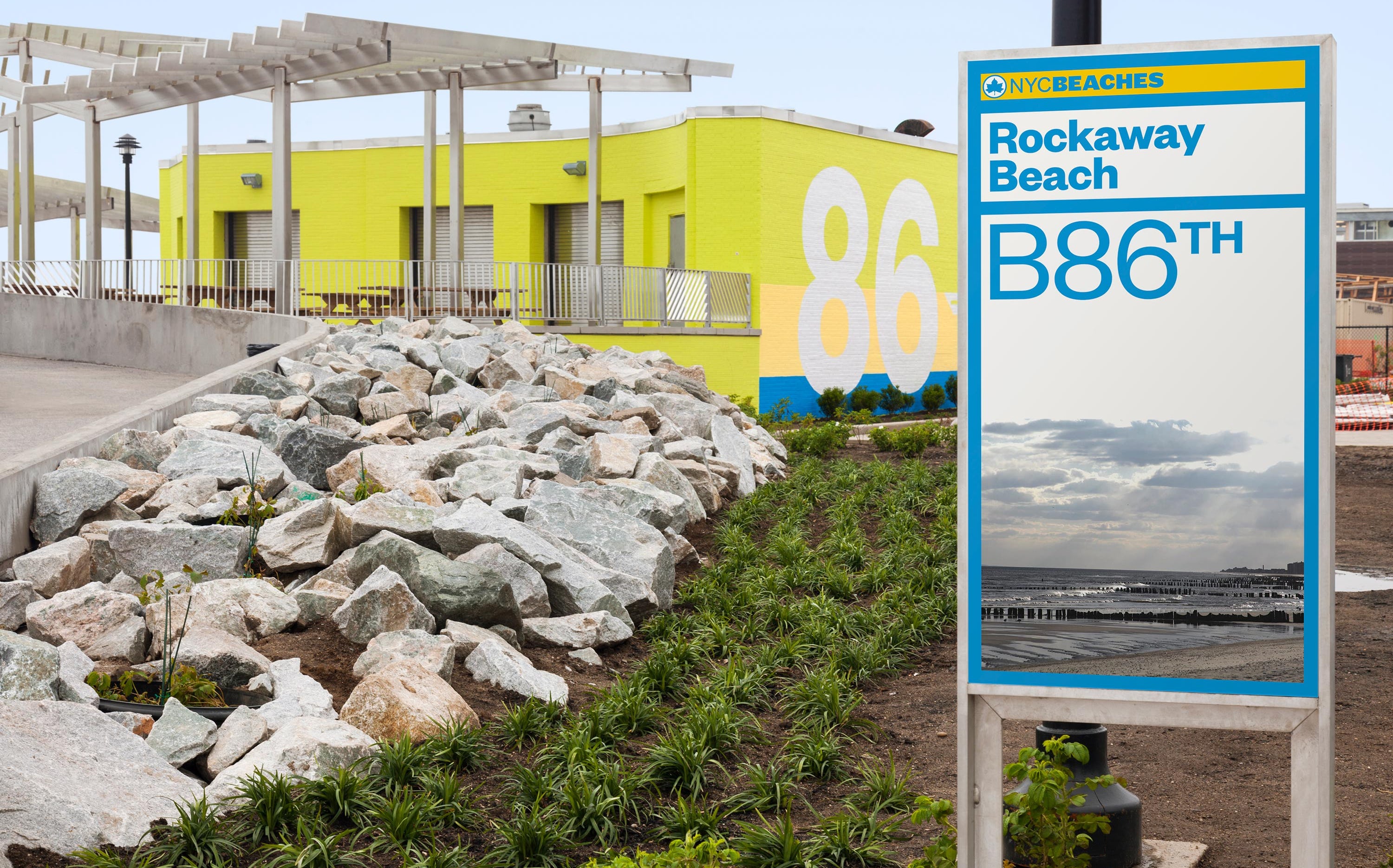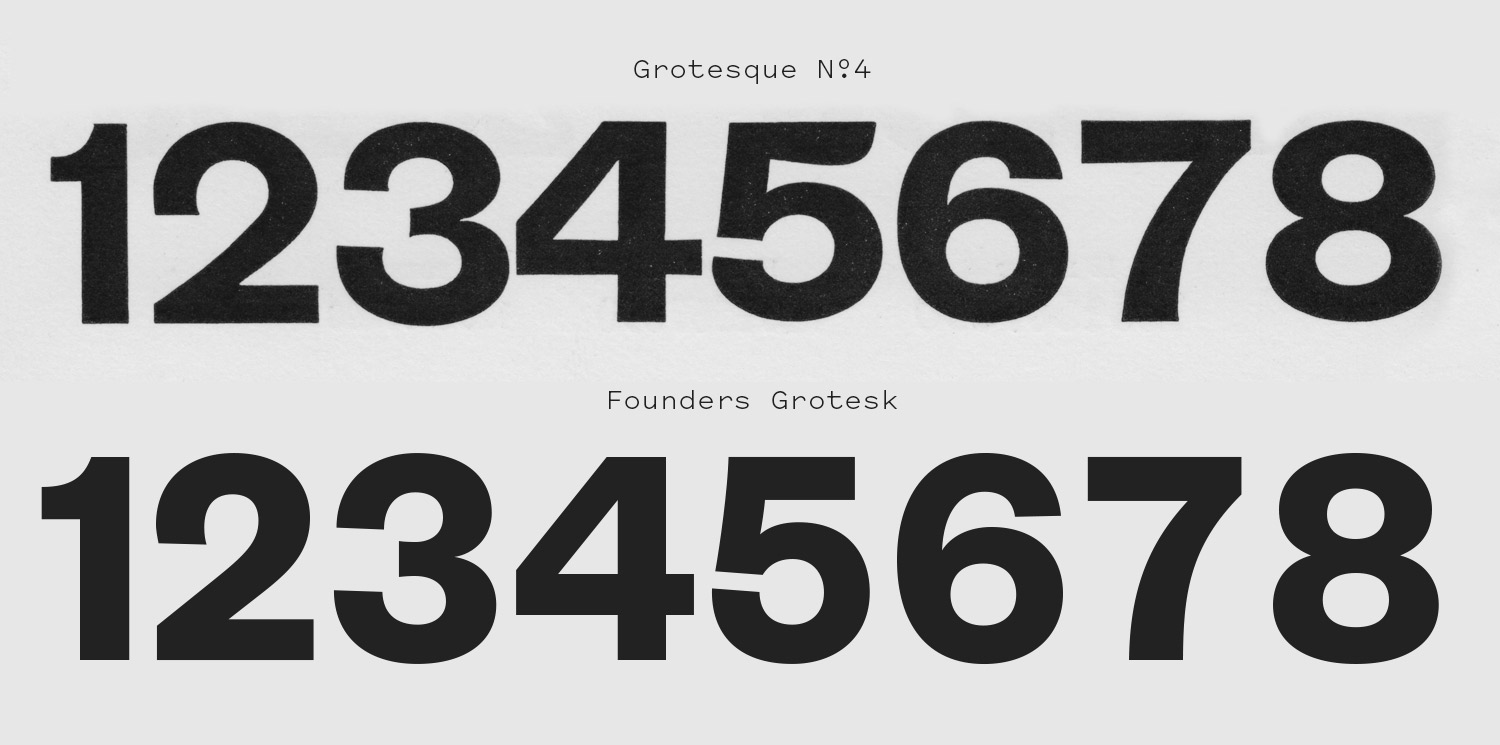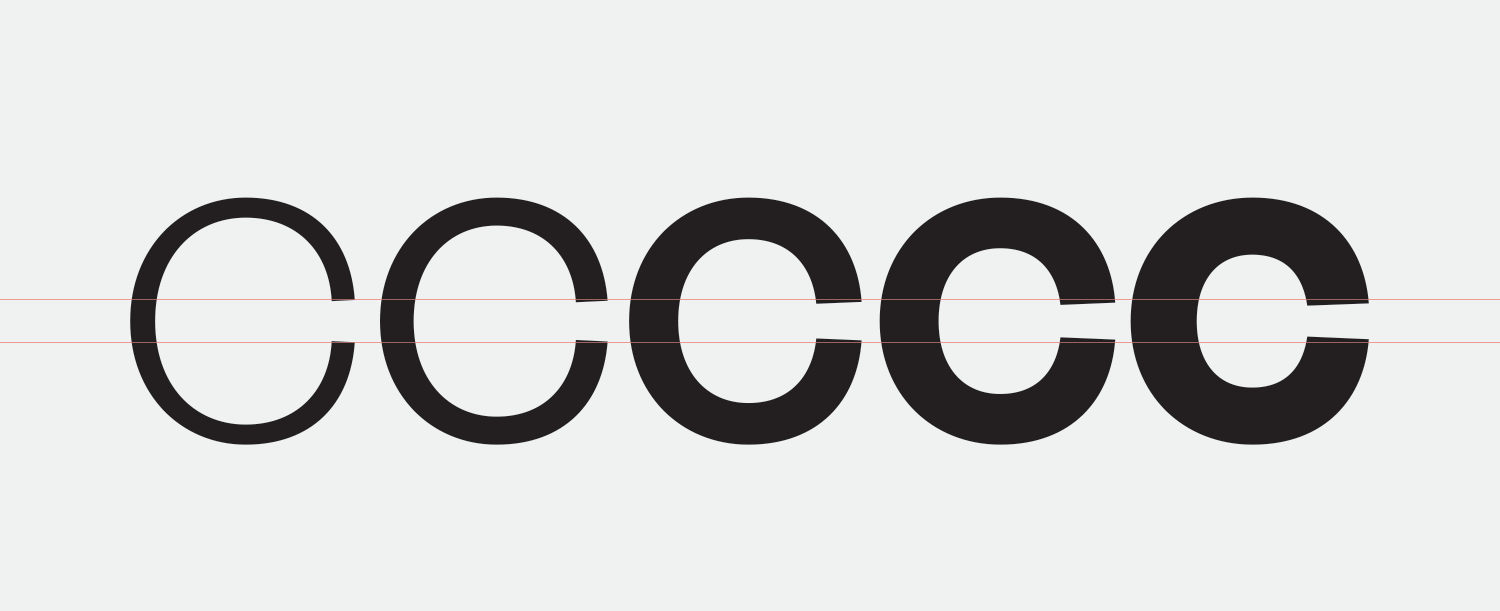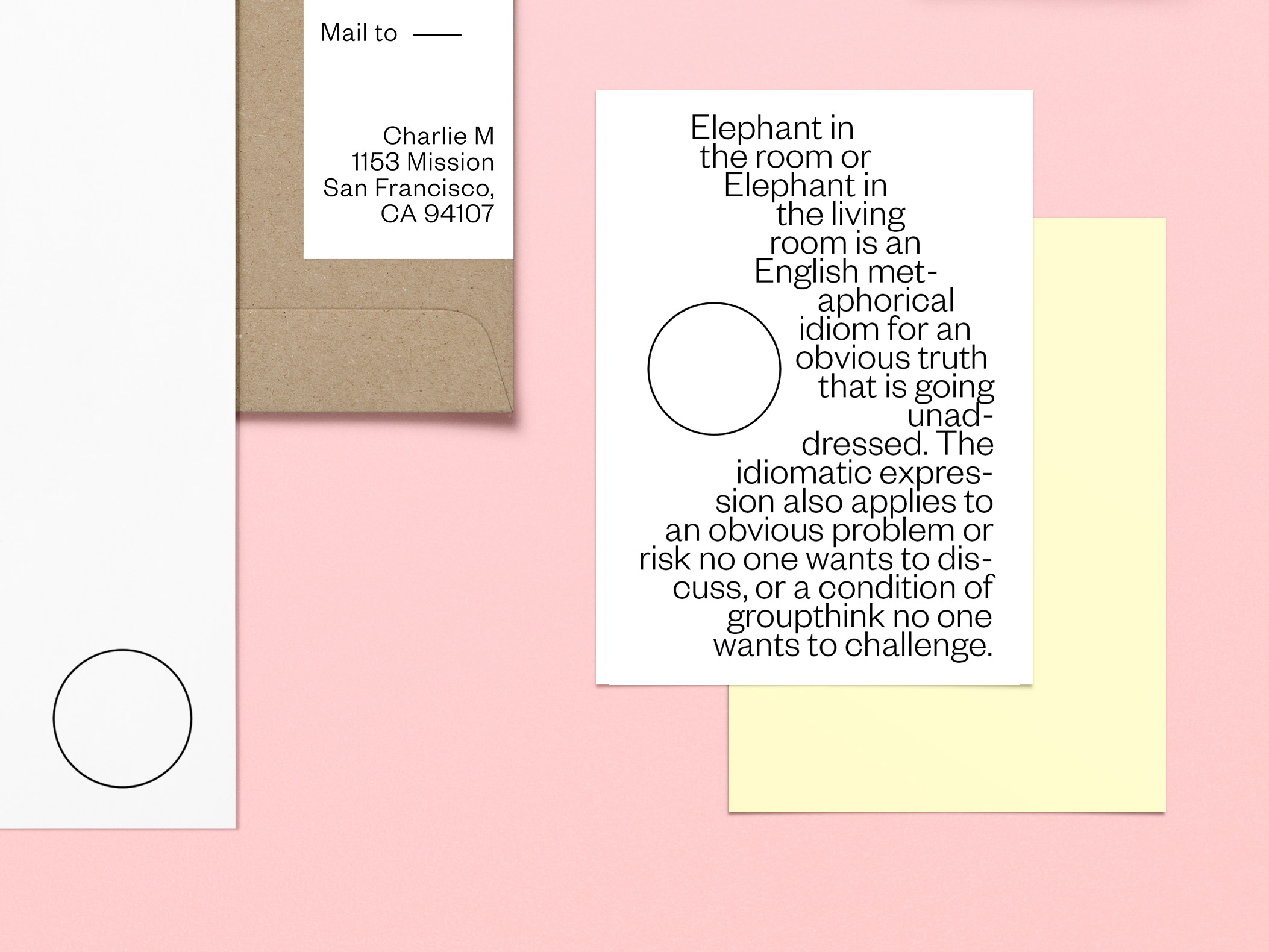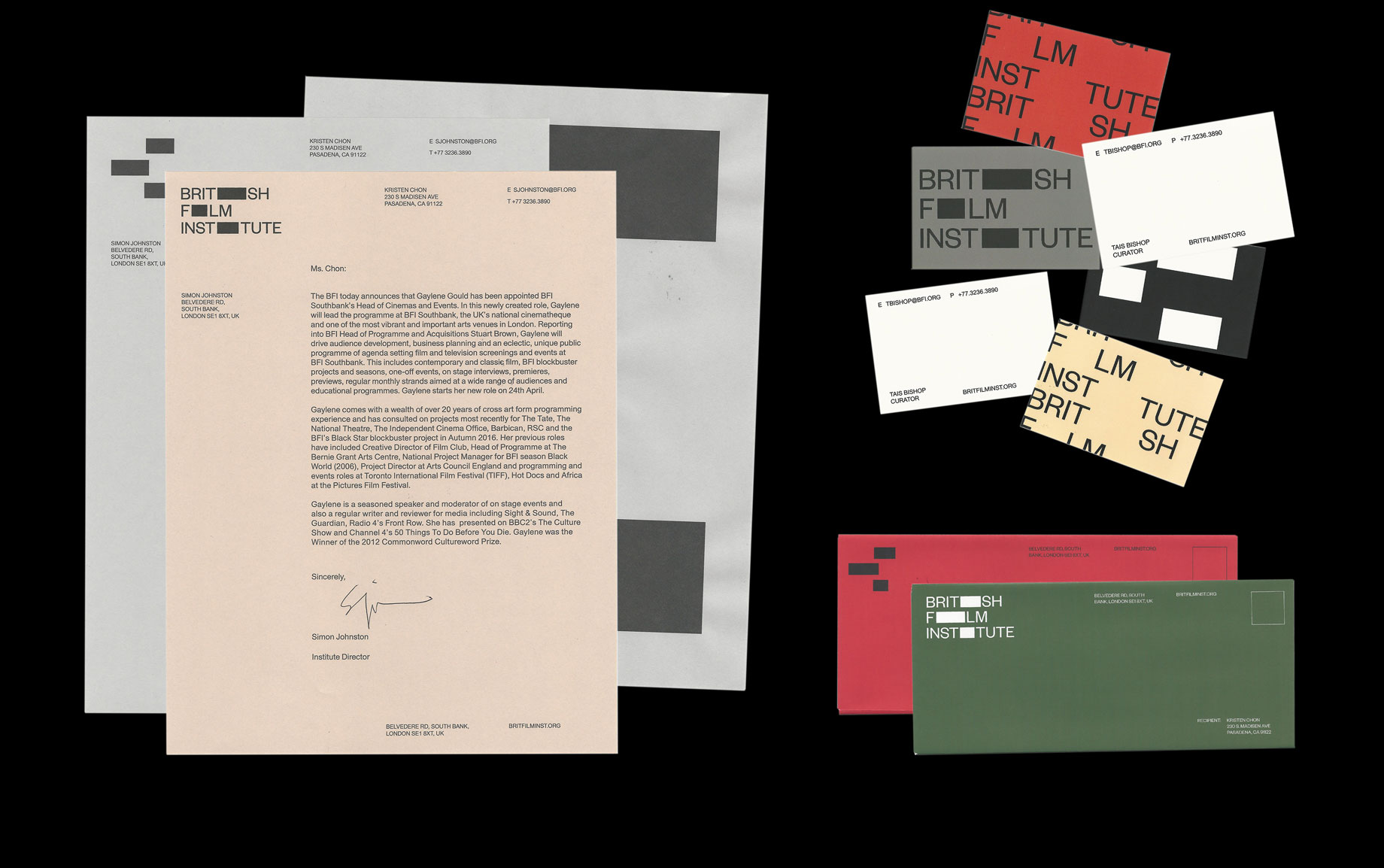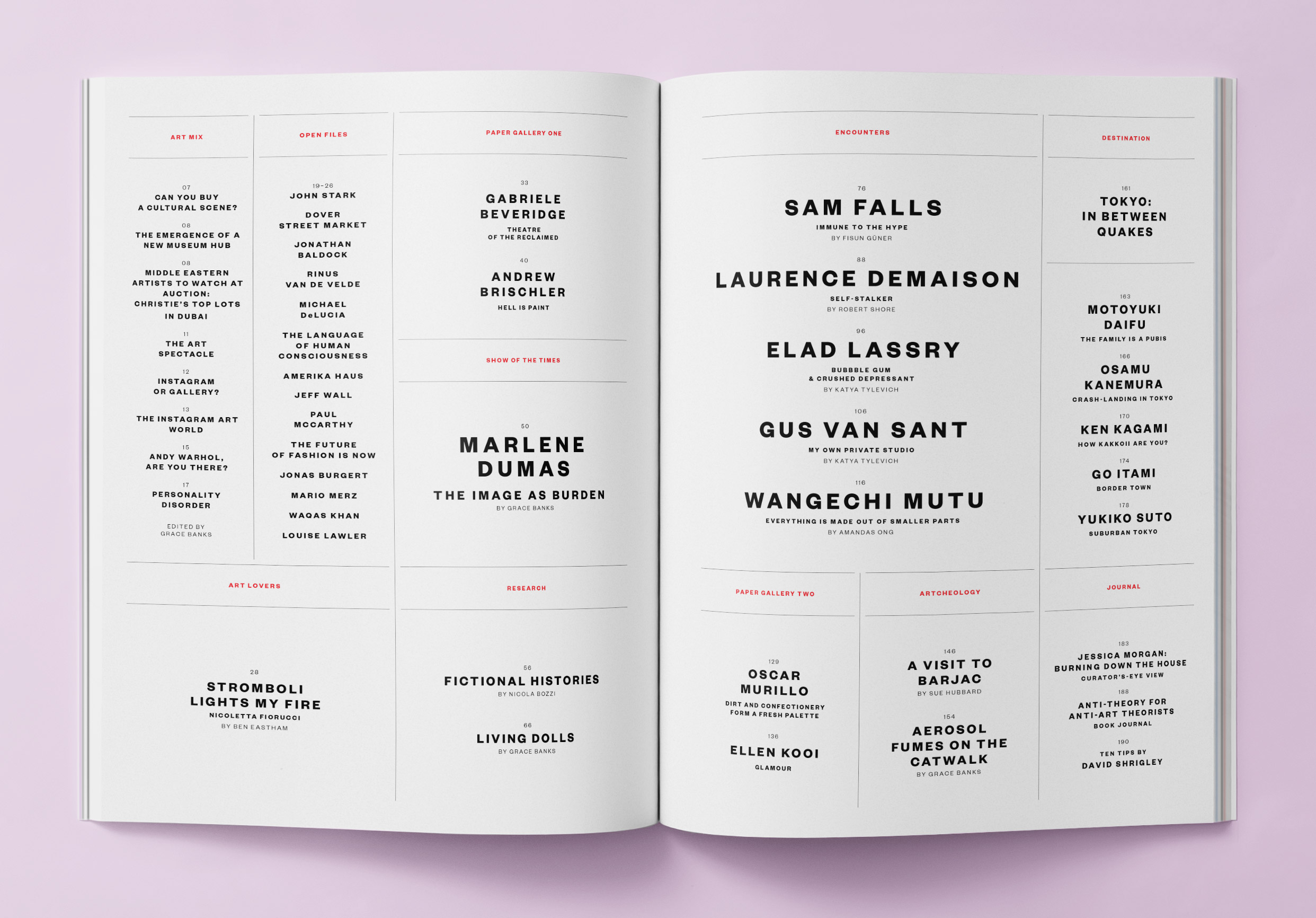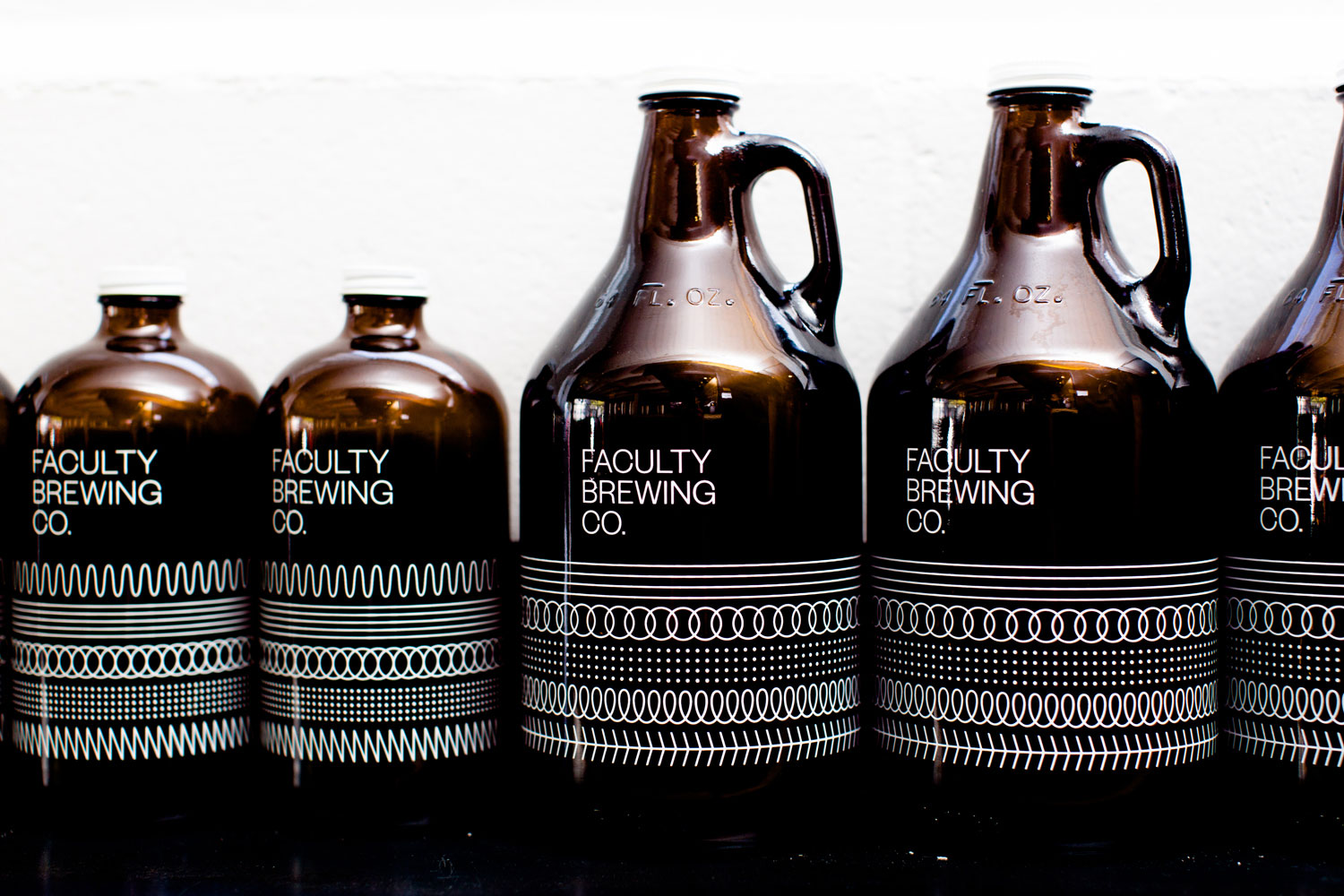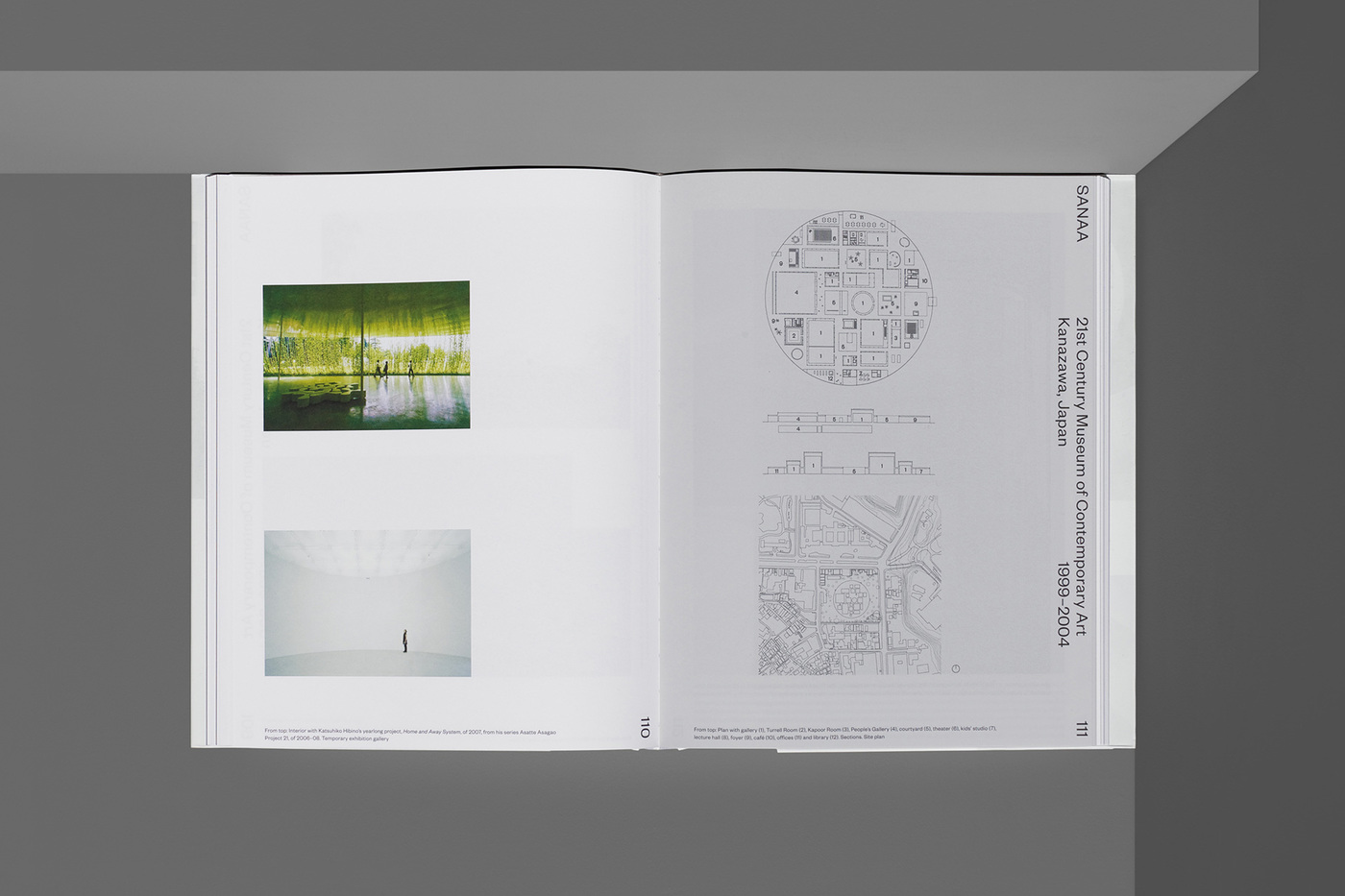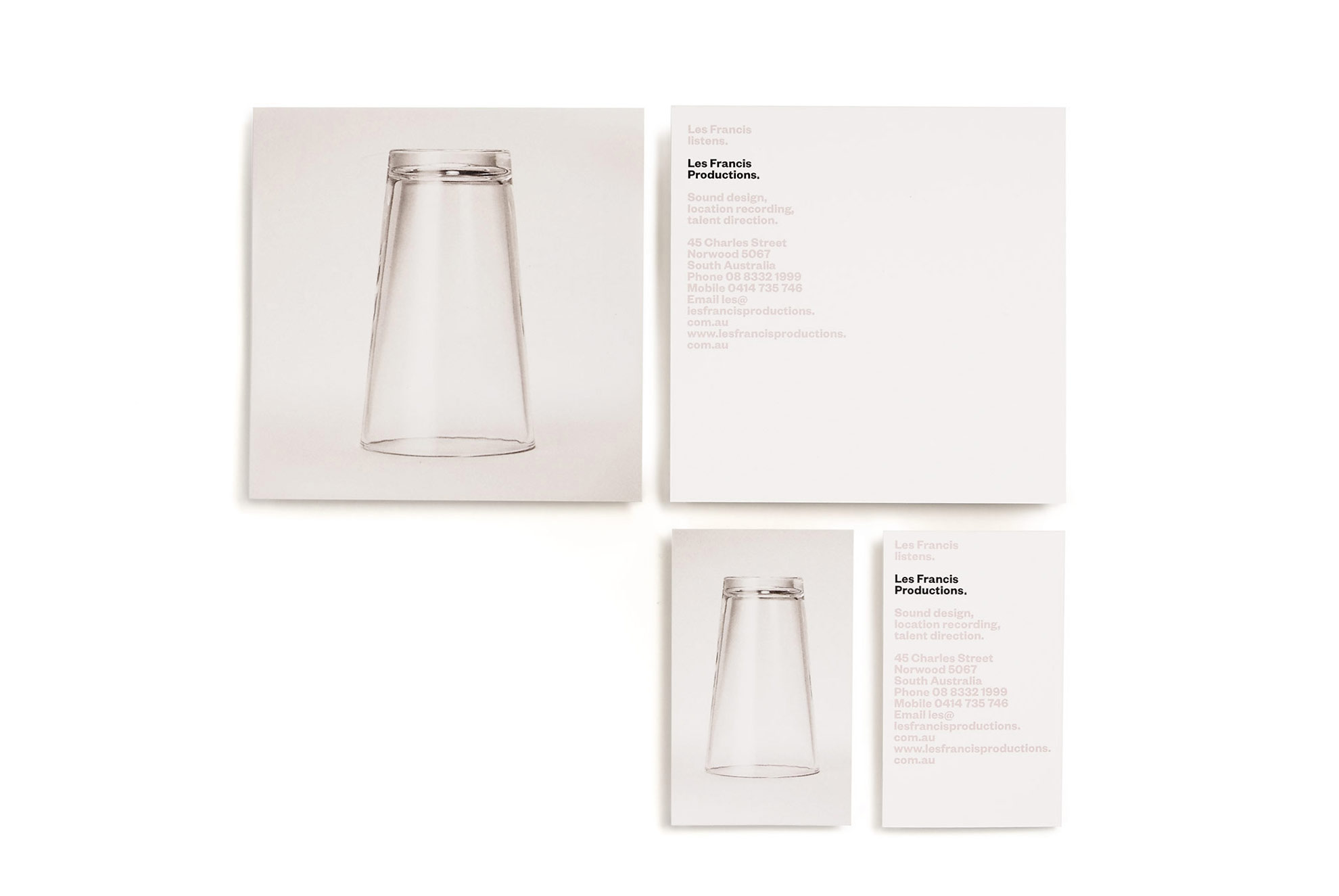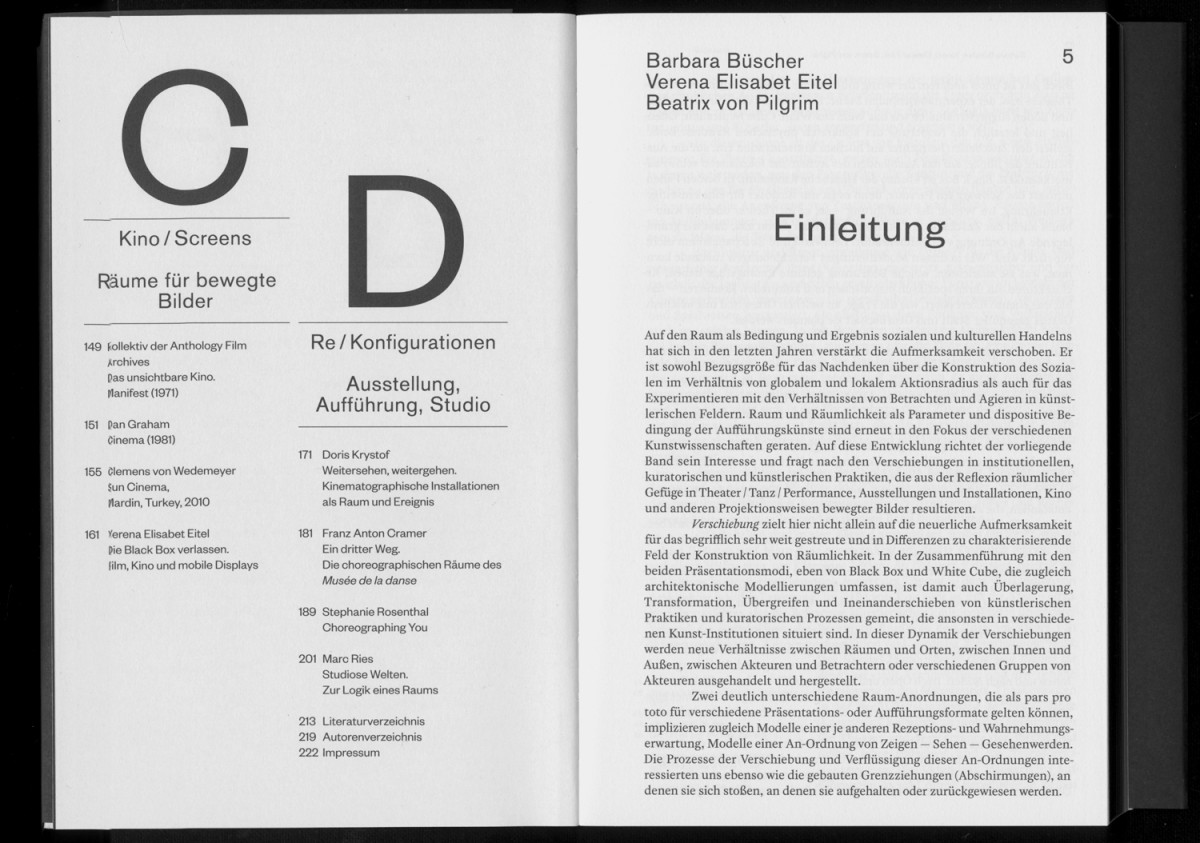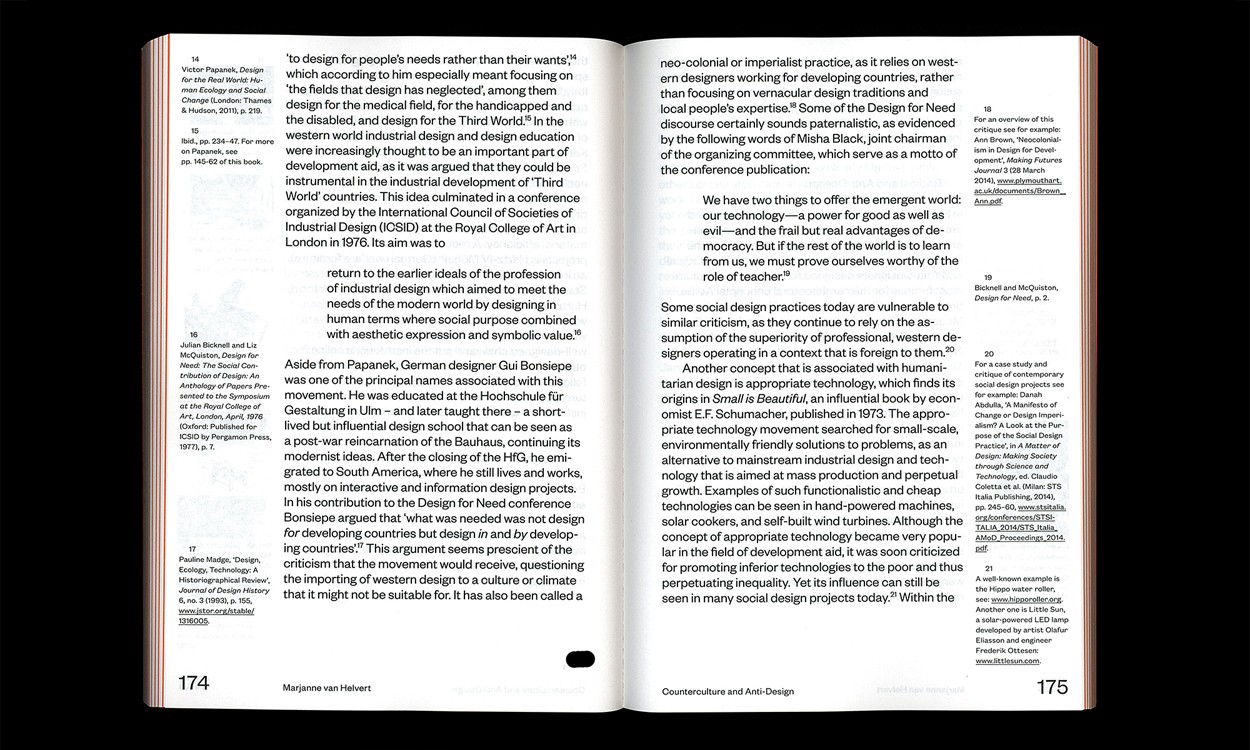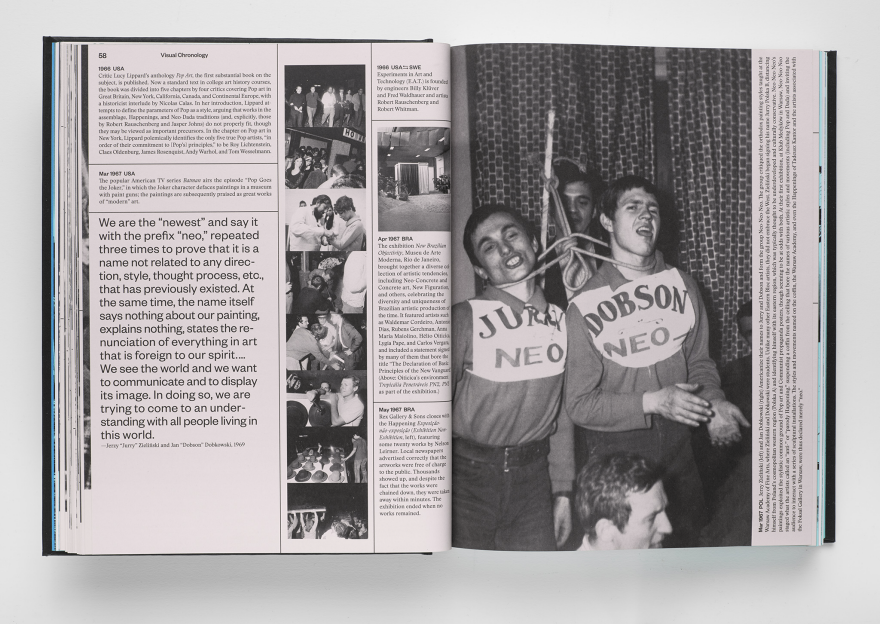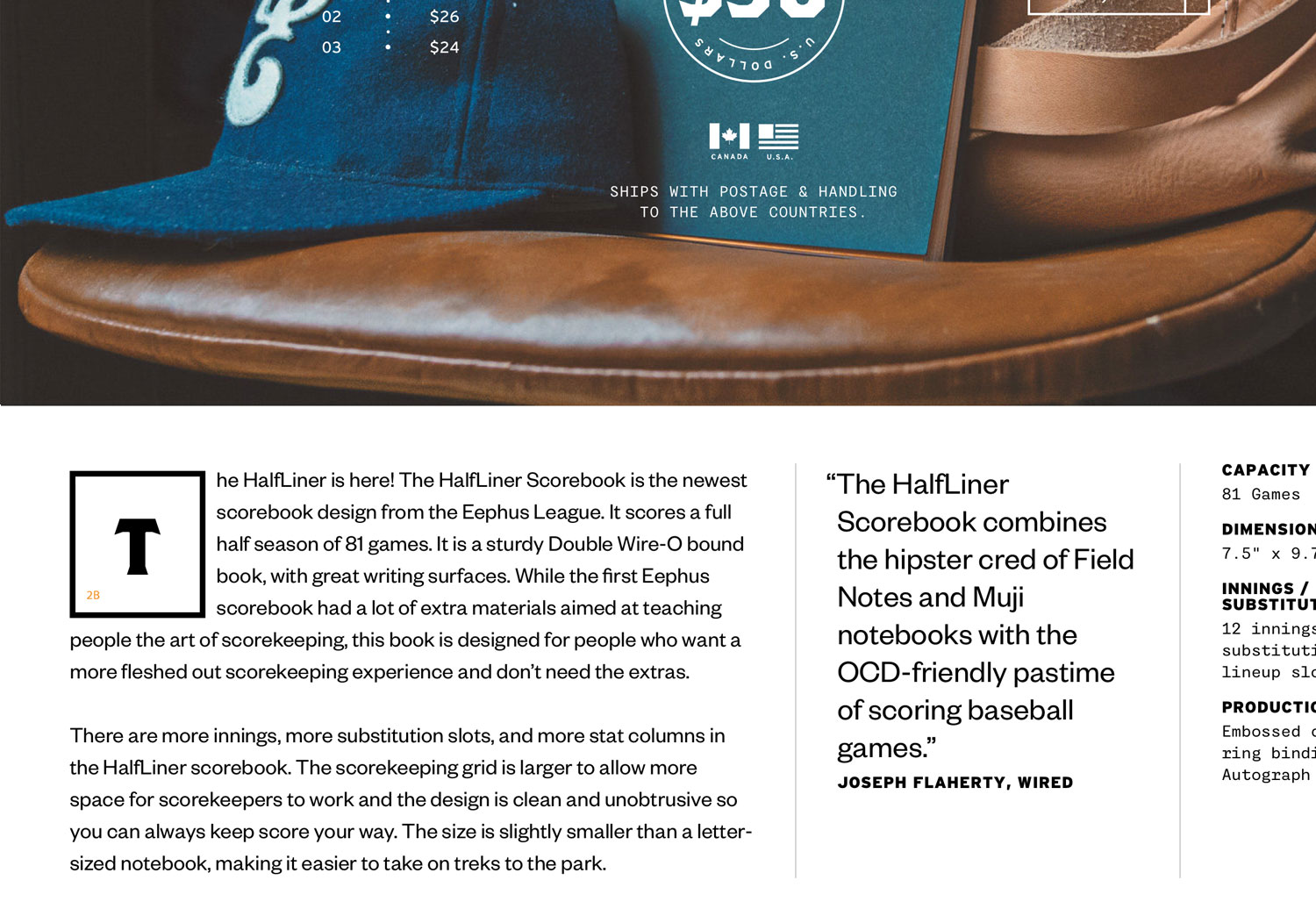Founders Grotesk is probably the prettiest Grotesque face I’ve had the pleasure of using. That’s an interesting distinction in a genre of typeface design that got its designation because it was considered, well, grotesque.
Founders is certainly still a grotesque, mind you. The low x-height, the double-storey “g”, the spurred “a” and the apertures that threaten to close off are all classic characteristics of the genre, yet it’s a very easy to use typeface with gorgeous proportions. It’s difficult to set a word in Founders and have it look bad, and it’s often used to drive publication and branding aesthetics all on its own. Founders is at once both familiar and unique, matter-of-fact and charming. Founders has grown into a robust family of widths and styles over the years, but this review will focus on the original version, and we can address the text, mono and condensed versions in separate reviews.
It is difficult for me to think of a classic grotesque that’s as effortless as Founders. Typefaces like this can be awkwardly proportioned (sometimes intentionally and endearingly so) and the individual characters can be so loud as to distract from the text as a whole. While Founders is refined, it is in no way cold or aloof—it is simply a grotesque design that’s been re-birthed a century later by a master of the craft. No one is better at these types of non-revival revivals than Kris Sowersby.
If I were to write some asinine “10 ways to get better at typography!” post, I would probably have “use Founders Grotesk” as one of the list items. It was a monumental task to select the artwork to accompany this review because there are so many stellar uses of the font in the wild. Good designers are drawn to this typeface and it’s been used on hundreds of occasions to create stunning work. Rare is the font that is used this often, and this well.


